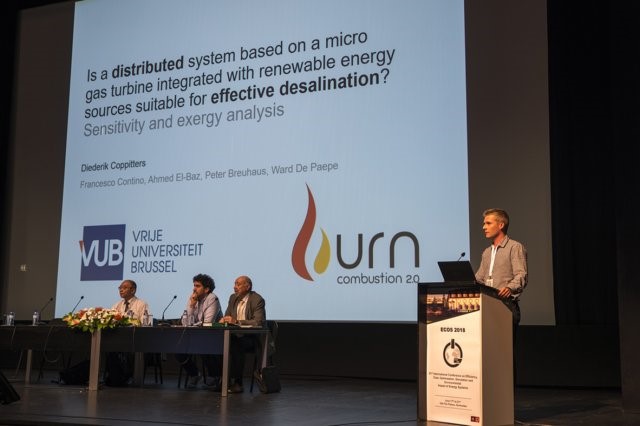
The role of BURN in GenComm

We have all encountered at least once a situation when we were influenced by uncertainties. For example, you drive to the train station to catch a train, but you arrive late due to a traffic jam on the highway. Considering the uncertainty of possible delays on that highway could have modified your decision on when to start the commute. Moreover, if the probability of a delay shows to be high, a more robust route might be necessary.
To ensure you will get to the train station on time, you might consider taking a route which has a longer distance but ensures the lowest probability of large delays. As illustrated by this example, real-world uncertainties are present in our daily life and can have drastic consequences.In the Gencomm project, Burn’s role is to consider all uncertainties that might influence the performance of the hydrogen-based pilot plants. As a holistic approach is considered, we will take into account uncertainties on multiple technical, economic, environmental and social parameters.This will result in a mean and standard deviation for the considered goals of the plant (e.g. cost, production, downtime, pollutants, job creation). As a high variation on these goals might be found for some of the designs, no concrete conclusion can be drawn on the plant performance. Therefore, by applying robust design optimization, we will look for a design that is least sensitive to these uncertainties. This design might achieve a less optimal mean for one of the goals (i.e. higher mean cost), but ensures the lowest variability of these goals during the system lifetime. In a novel renewable energy system where prediction becomes more valuable than production, a shift towards these robust designs is inevitable. Therefore, BURN will ensure an optimal, least sensitive design to variations for all hydrogen-based renewable energy systems developed using the decision support tool.
In our recent work, we applied robust design optimization on a photovoltaic-electrolyzer system. We considered 18 uncertain technical and economic parameters, which affected the production and cost of the system. We found that sunny locations are both optimal for the mean and variation of the cost per kilogram of hydrogen produced. Therefore, robust designs of photovoltaic-electrolyzer systems are found at sunny locations, achieving the lowest average cost per kilogram of hydrogen produced, as well as the highest probability of achieving that optimal average.
